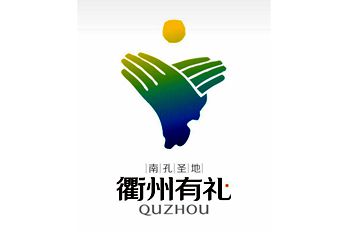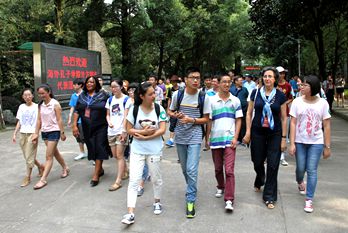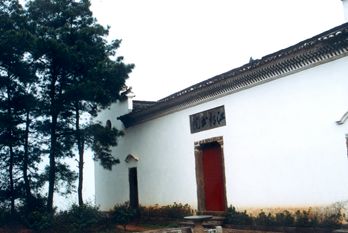Nobel laureate Tsung-Dao Lee's connection to Quzhou

The Changshan Temporary Middle School is where Tsung-Dao Lee attended. [Photo/Tide News]
Chinese American physicist Tsung-Dao Lee (1926-2024), a Nobel laureate who played a key role in advancing China's science education and high-energy physics, passed away in the United States on Aug 5 at the age of 97.
This globally renowned scientist once studied in Changshan county, Quzhou, East China's Zhejiang province.
Born on Nov 24, 1926, in Shanghai, Lee grew up in an intellectual family. However, his educational journey was far from smooth. Due to Japanese bombings, he attended school in Shanghai for just six and a half years. After the outbreak of the Pacific War and the Japanese invasion, Lee and his second brother decided to flee to Zhejiang.
By the time they reached Zhejiang, the Japanese army had already occupied Hangzhou, and the Qiantang River Bridge had been destroyed. The brothers crossed the river at night on a small boat. They had no long-term plan to leave their parents and carried limited funds — just enough for one train ticket. Lee's brother decided that Tsung-Dao should go ahead and the two were separated.
After getting off the train, Tsung-Dao could not find his brother and, with no money and no way to contact his parents in Shanghai, he had to follow a group of refugees.
After trekking hundreds of kilometers, he reached Changshan, Quzhou, in February 1942, where he enrolled in the Changshan Temporary Middle School, a refuge for displaced students, as a junior. In May 1942, when Japanese forces advanced on Quzhou, the school disbanded.
Qiu Hexiang, an elderly resident of Changshan and a former classmate of Lee's at the temporary school, recalled in an interview that the curriculum included Chinese, mathematics, English, physics, chemistry, and history. Qiu favored the humanities, while Lee excelled in the sciences.

 City brand logo - fist-and-palm salute
City brand logo - fist-and-palm salute Confucianism on campus
Confucianism on campus The culture of the academy
The culture of the academy